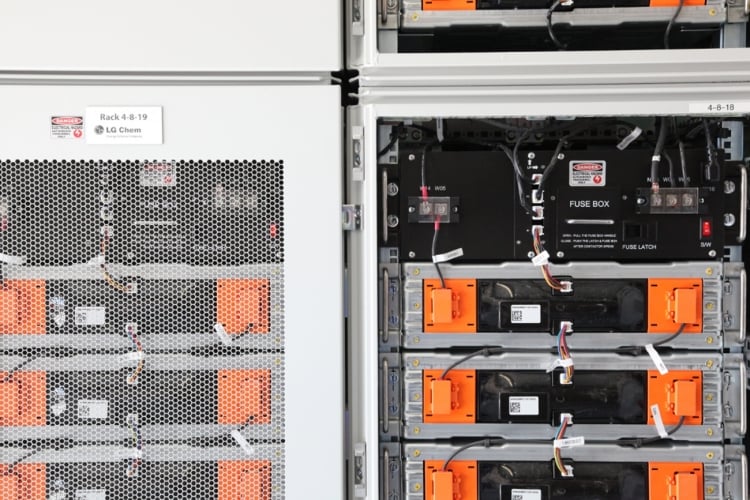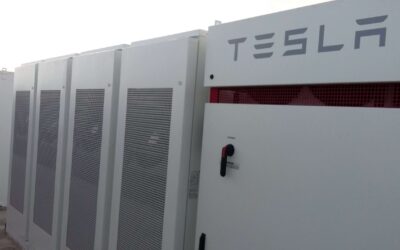
California’s Self-Generation Incentive Program (SGIP), the scheme to incentivise the use of distributed energy, opens for applications at the beginning of next month, weighted to favour energy storage.
When it comes to solar, SGIP has previously been a success in the US state and is administered by the utilities Pacific Gas & Electric (PG&E), Southern California Edison (SCE) and Southern California Gas Company (SoCal Gas) as well as the Center for Sustainable Energy.
Enjoy 12 months of exclusive analysis
- Regular insight and analysis of the industry’s biggest developments
- In-depth interviews with the industry’s leading figures
- Annual digital subscription to the PV Tech Power journal
- Discounts on Solar Media’s portfolio of events, in-person and virtual
The programme awards “financial incentives for the installation of new qualifying technologies that are installed to meet all or a portion of the electric energy needs of a facility”. Through to the end of 2019 a total of US$270,165,000 will be made available through SGIP to the programme administrators: just over US$117 million for PG&E, US$91 million for SCE, just under US$36 million for the Center for Sustainable Energy and US$26 million for SoCal Gas.
The biggest change to SGIP is that as of this year, 75% of funds will be allocated to energy storage technologies, and just 25% for generation technologies. Residential energy storage projects of less than 10kW will comprise 15% of the energy storage portion. When the intended budget allocation was announced last summer, GTM Research head of energy storage Ravi Manghani called it a “big win” for the energy storage industry.
The programme opens for formal applications on 1 May 2017. For residential systems smaller than 10kW and systems larger than 10kW that do not take the Investment Tax Credit (ITC), incentive levels are set at US$0.50 per watt-hour. Projects larger than 10kW that take the ITC will receive US$0.36 per watt-hour. These are just the initial figures – incentive levels will come down by US$0.10 per watt-hour once demand has exceeded available funding. If this lowered rate proves popular enough to have allocated all of its budgeted funding within 10 days, the rate drops by the same amount again.
For residential installations, the duration of energy storage also determines the level of SGIP incentive – a system with 0-2 hours of storage will receive 100% of the SGIP, a system with 2-4 hours will receive 50% of the SGIP for the additional two hours, and so on.
SGIP began in California in 2001, designed to reduce peak load demand and was opened with about US$400 million of funding. The scheme this year will award wind projects with incentive levels beginning at US$0.90 per watt-hour and similarly decline by US$0.10 at each step. Other technologies, waste heat-to-power, pressure reduction turbines, CHP and fuel cell projects will receive US$0.60 per watt-hour, again dropping by US$0.10 at each step of the process.
In addition to the AB2514 mandate, which orders the state’s three main utilities to procure 1.325GW of energy storage by 2020, and it’s response to the 2015 Aliso Canyon gas leak by expediting 100MW of storage projects, California has been considered the leading US state on energy storage for some time. GTM Research recently said, however, that other states are now also building up significant pipelines.






